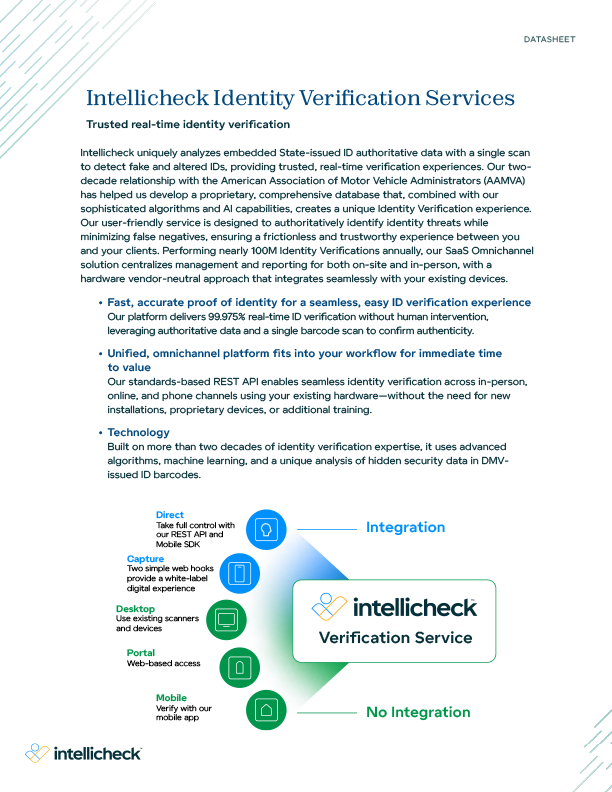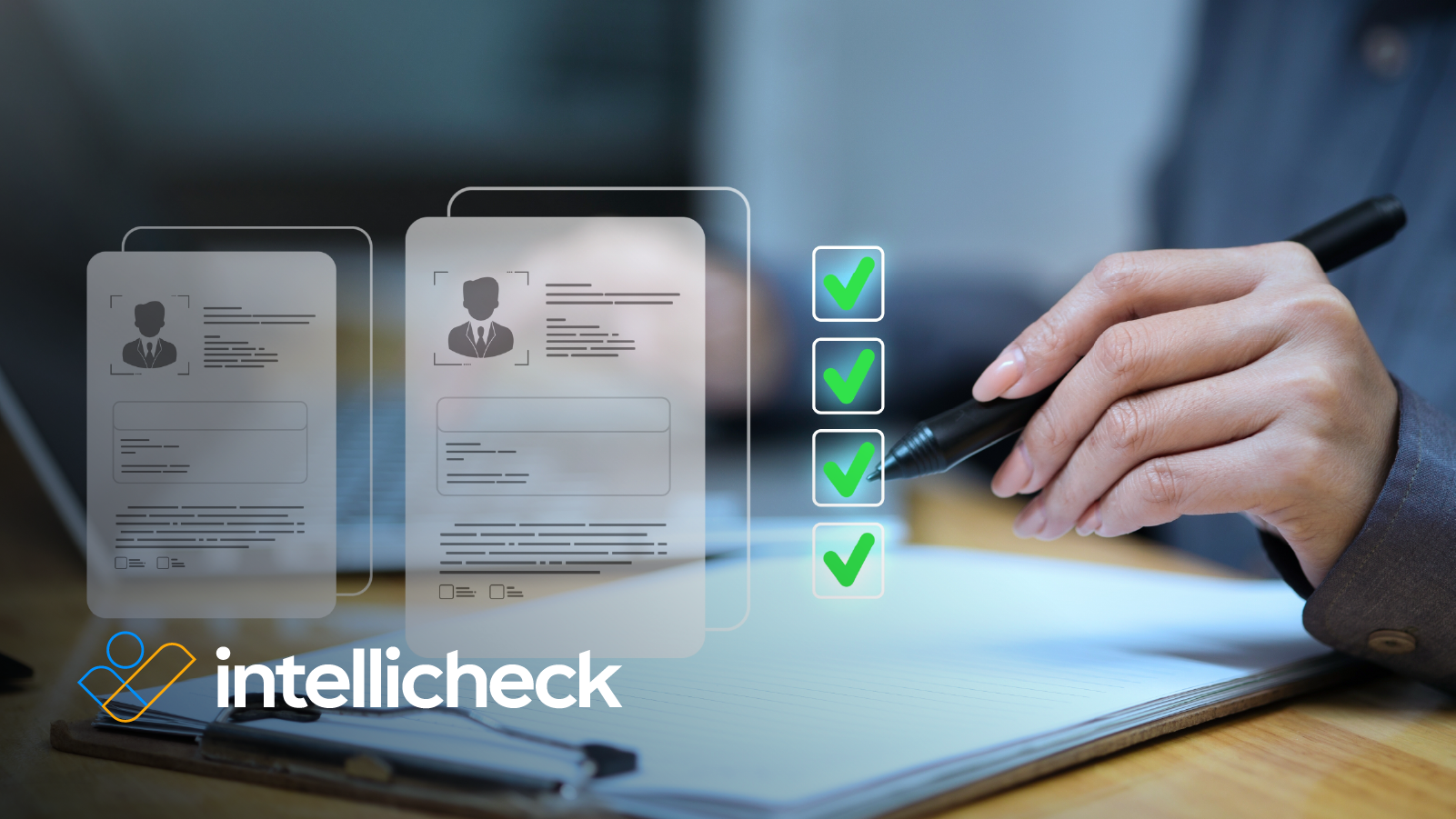A lot of businesses have questions about credit card chargeback merchant rights. To answer that, you must first understand what a chargeback is and how it works.
In simple terms, a chargeback is a reversal of any credit card payment initiated by the bank that issued the card. This is often used when a buyer feels that the product description is deceitful or they suspect identity fraud, they will contact their bank directly to enforce a chargeback.
A chargeback is a safety net designed for cardholder’s security. Therefore, you should understand credit card chargeback merchant rights to ensure you protect your business from chargeback frauds whenever possible.
Credit Card Chargeback Time Constraints
Typically, customers can file a chargeback within 60 to 120 days from the date of purchase. After that, as a merchant, you usually have 45 days to respond by disputing the chargeback. These rules may vary based on the card issuer and card type.
However, as a merchant, you can dispute chargebacks if the buyer falls outside the timeline mentioned above. After you submit a response/dispute, your bank will investigate and decide the appropriate course of action. In the case of arbitration, the entire process may take longer to settle.
The entire timeline of a chargeback is as follows:
- The customer submits a complaint to their bank.
- The card issuer bank verified the validity of the dispute. If the cardholder is at fault, the bank ends the process there.
- If the consumer’s claim is legal, they get an immediate refund, and the bank initiates the formal chargeback process by contacting the merchant’s bank.
- Now, the merchant’s bank conducts their own investigation to verify the validity of the chargeback. Plus, the bank notifies the merchant about the chargeback in the process.
- In case the merchant’s bank deems the chargeback invalid, they will contact the consumer’s bank and inform them. (This rarely happens).
- If the merchant’s bank validates the chargeback, the bank will ask the merchant to provide documentation to counterclaim the chargeback. If the paperwork by the merchant is in order with sufficient proof, the issuing bank will transfer the fund from cardholders to the merchant’s account once again. However, if the merchant is at fault, the chargeback stays in place, and the merchant has to pay the money back along with an additional fee.
Understand the Various Reason Codes
As a new (VCR) or Visa Claims Resolution Initiative, chargeback reason codes underwent major overhauling back in April 2018. The idea was to allow the merchants to dispute the chargeback process and help prevent certain chargeback frauds.
However, these chargeback reason codes cannot prevent friendly frauds. Therefore, as a merchant, you need to be careful when and how to initiate a chargeback dispute. These codes fall into four groups.
1. Fraud
Fraud reason codes refer to fraudulent transactions. This can include instances of chargeback related to no cardholder authorization, EMV liability, Card Present and Card Not Present fraud.
The different fraud reason codes are:
10.1 – code for EMV Liability Shift – Counterfeit Payment Fraud
This is when a cardholder claims that a counterfeit chip card was used to make payment and the payment transaction was not a chip transaction.
10.2 –code for Liability Shift – Non-Counterfeit Payment Fraud
The cardholder claims the payment activity was fraudulent and blames it on the merchant’s EMV terminal. This is an arguable chargeback code because a merchant can prove their payment terminals to be working in order.
10.3 – other Fraud – Card Present
A cardholder claims that an actual credit card got used for a fraudulent transaction.
10.4 –other Fraud – Card absent
This is when a cardholder declares that an authorized payment occurred without any physical card present for the transaction. However, a merchant can argue if they can provide evidence of a card being present at the time of payment.
10.5 – Visa Fraud Monitoring
A fraud monitoring program flagged a transaction.
2. Authorization
Authorization reason codes refer to authorization issues including transactions where authorization was required, but not obtained. Additionally, these can occur when there is a “Decline” or “Pickup Response” and the transaction was still processed.
The different authorization reason codes include:
11.1 – Card Recovery Bulletin
In case the merchant did not get an authorization to carry out a transaction via an account number that was in a card recovery bulletin.
11.2 – Declined Authorization
This applies when an authorization gets declined, but the payment gets processed anyway.
11.3 – No Authorization
It is a code reason when the merchant did not attempt to obtain authorization and processed the payment or requested an authorization later or against a different amount.
3. Processing Errors
Processing errors occur at the point-of-sale and represent duplicate processing, late presentment, invalid card numbers, addendum disputes, incorrect charge amounts and more.
12.1 – Late Presentment
The merchant did not send the transaction to VISA within the set time limits.
12.2 – Incorrect Transaction Code
The merchant used the wrong transaction code.
12.3 – Incorrect Currency
The merchant made single or multiple errors related to the currency used for the transaction.
12.4 – Incorrect Account Number
The account numbers in authorization and transaction do not match.
12.5 – Incorrect Amount
The amount of authorization and transaction does not match.
12.6 – Duplicate Processing
A single payment processed twice or more. This is arguable, if a merchant can prove that a single payment was processed, Credit Card Chargeback Merchant Rights covers them.
12.7 – Invalid Data
In case a merchant obtained authorization via incorrect or invalid data.
4. Customer Disputes
Customer disputes often refer to quality or delivery issues. This section is typically pretty random and can encompass the chargeback reasons otherwise not represented.
13.1 – Merchandise/Service Not Received
The buyer claims he did not receive the services or goods at all or by an agreed-upon date. Merchant can argue if this was due to the cardholder’s fault or not.
13.2 – Canceled Recurring Transaction
The cardholder claims the charge is against a canceled recurring transaction. This is again arguable if the cardholder is under a payment contract, the merchant can prove the validity of the transaction.
13.3 – Defective or Not as Described Service or Merchandize
The cardholder claims the product was either defective or not as promised. Again the merchant can contest if they can prove the item is what the customer asked.
13.4 – Counterfeit Merchandise
A product gets identified as a counterfeit by an expert, the manufacturer, or a government agency. Merchant can argue this one by providing proof of authenticity for the merchandise in question.
13.5 – Misrepresentation
The buyer claims the misrepresentation or false advertisement of a product, which a merchant can contest.
13.6 – Credit Not Processed
The cardholder claims they were due a credit which never came through. If a merchant has already processed the credit, they can contest this chargeback by providing transaction details.
13.7 – Cancelled Service/Merchandise
The cardholder reports a fraudulent transaction and blames the merchant’s EMV terminal.
13.8 – Original Transaction of Credit Not Accepted
A void transaction receipt was never processed. (Applicable in Europe and other inter-regional locations only)
13.9 – Load Transaction Value or Non-Receipt of Cash
In case the cardholder did not get the full cash amount withdrawal, they requested at the ATM.
Remember, understanding the VCR system is crucial because the better you understand, the better you will be able to contest chargebacks as a merchant.
How to Fight a Chargeback
In order to contest a chargeback as a merchant, you will have to either submit an official response letter or a form by a certain deadline. Be careful with the chargeback reason code assigned by the card issuer and focus on contesting that code.
Include your merchant account ID, transaction ID, a short case summary, and the chargeback amount in your response. You must also explain why the chargeback reason code is invalid.
For example, if a customer says they did not receive the merchandise. You can say that the consumer’s claim is invalid because you have proof of delivery to the customer. You can provide details when the customer signed for the delivery received and attach the proof of delivery.
Therefore, keeping good records can work in your favor. A quick proof of delivery can rectify and prevent chargeback frauds.
Let the Experts Help
If you are confused about your credit card chargeback merchant rights, consider consulting an expert in fraud prevention. Intellicheck can help you deploy a solution that can drastically reduce the instances of chargeback frauds.
Intellicheck offers easy to use solutions that are customizable to your business needs. Plus, our solutions can integrate directly with your existing POS management system. Not only will it save you time and energy but also reduce the risk of missing any fraudsters.
Interested in learning about the chargeback prevention solution that fits both your business model and budget?


%20copy.webp)





